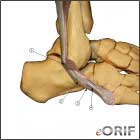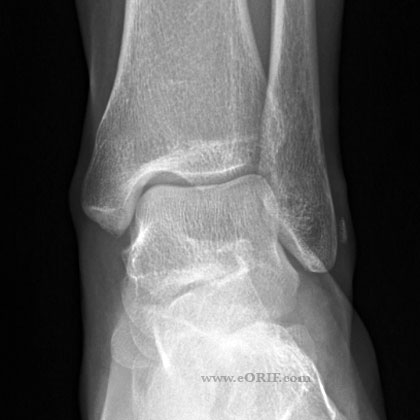|
|
synonyms: peroneal tendon tear, peroneal tendon disruption, peroneus longus tendon tear, peroneus brevis tendon tear Peroneal Tendon Tear ICD-10
Peroneal Tendon Tear Etiology / Epidemiology / Natural History
Peroneal Tendon Tear Clinical Evaluation
Peroneal Tendon Tear Xray / Diagnositc Tests
Peroneal Tendon Tear Classification / Treatment
Peroneal Tendon Tear Associated Injuries / Differential Diagnosis
Peroneal Tendon Tear Complications
Peroneal Tendon Tear Follow-up Care
Peroneal Tendon Tear Review References
|


